Ever stepped onto a sparkling clean aircraft and breathed in that fresh, “just-cleaned” scent? We often marvel at the pilots who navigate the skies and the flight attendants who ensure our comfort, but there’s a dedicated team working tirelessly behind the scenes to guarantee a clean and hygienic travel experience: the aircraft cleaning crews.
Have you ever stopped to think about the meticulous process involved in preparing an aircraft for its next journey?
These unsung heroes of aviation play a crucial role in maintaining not only the aesthetic appeal of the cabin but also the health and safety of passengers and crew. Let’s delve into the fascinating world of aircraft cleaning and meet the individuals who make it all happen.
The Importance of Aircraft Cleanliness
Aircraft cleanliness goes far beyond just making the cabin look presentable. It’s a critical aspect of aviation safety and hygiene, impacting:
- Passenger Health: A clean aircraft minimizes the risk of spreading germs and infectious diseases. Think about all the surfaces touched by countless passengers – tray tables, armrests, seatbelts, lavatories. Thorough cleaning and disinfection are essential to prevent the transmission of illnesses.
- Air Quality: Dust, allergens, and other airborne particles can accumulate within the aircraft cabin, affecting air quality and potentially triggering allergies or respiratory issues for passengers. Regular cleaning, including the replacement of air filters, ensures a healthier breathing environment.
- Safety and Maintenance: Cleanliness also plays a role in aircraft safety and maintenance. Debris or foreign objects left behind in the cabin could potentially interfere with the aircraft’s systems or pose a safety hazard. Cleaning crews are trained to identify and report any potential maintenance issues they encounter during their work.
- Passenger Experience: Let’s be honest, a clean and fresh-smelling cabin significantly enhances the overall travel experience. Stepping onto a well-maintained aircraft sets a positive tone for the journey and contributes to passenger comfort and satisfaction.
The Cleaning Crew: A Well-Oiled Machine
Aircraft cleaning is a carefully orchestrated process, often involving a team of dedicated professionals working against the clock during tight turnaround times. The typical cleaning crew includes:
- Cabin Cleaners: Responsible for cleaning and disinfecting the entire passenger cabin, including seats, tray tables, overhead bins, lavatories, galleys, and carpets.
- Lavatory Cleaners: Focus specifically on cleaning and sanitizing the aircraft lavatories, ensuring hygiene and replenishing supplies.
- Exterior Cleaners: Clean and polish the aircraft’s exterior, removing dirt, grime, and insect residue to maintain its aerodynamic efficiency and aesthetic appeal.
- Supervisors and Quality Control Inspectors: Oversee the cleaning process, ensuring that all areas are cleaned to the required standards and conducting quality checks.

The Cleaning Process: A Symphony of Efficiency
The aircraft cleaning process varies depending on the airline, the aircraft type, and the available turnaround time. However, the general steps involved include:
- Deplaning and Initial Inspection: Once the passengers have disembarked, the cleaning crew boards the aircraft and conducts an initial inspection, identifying areas that require attention and removing any trash or larger debris.
- Lavatory Cleaning: Lavatories are usually the first areas to be cleaned and disinfected, using specialized cleaning agents and procedures to ensure hygiene.
- Cabin Cleaning: Cabin cleaners work systematically through the aircraft, cleaning and disinfecting all surfaces, including seats, tray tables, armrests, windows, and overhead bins. They may use vacuum cleaners, microfiber cloths, and specialized cleaning solutions to remove dirt, stains, and germs.
- Galley Cleaning: The galley area, where food and beverages are prepared, is thoroughly cleaned and sanitized, including the ovens, refrigerators, and countertops.
- Carpet Cleaning: Carpets are vacuumed and shampooed or steam-cleaned to remove dirt, stains, and odors.
- Window Cleaning: Windows are cleaned inside and out, ensuring clear visibility for passengers and pilots.
- Trash Removal and Replenishment: Trash is collected and disposed of, and amenities like blankets, pillows, and headphones are replenished.
- Final Inspection and Quality Control: A supervisor or quality control inspector conducts a final inspection to ensure that all areas have been cleaned to the required standards and that the aircraft is ready for its next flight.
The Challenges of Aircraft Cleaning
Aircraft cleaning is not without its challenges. Cleaning crews often work under tight time constraints, particularly during short turnaround times between flights. They must be efficient and thorough to ensure the aircraft is cleaned and prepared on schedule.
The confined space of the aircraft cabin can also pose challenges, requiring cleaners to work in awkward positions and navigate tight aisles. They may also encounter biohazards, such as bodily fluids or medical waste, requiring specialized training and procedures for safe handling and disposal.
Technology and Innovation in Aircraft Cleaning
The aviation industry is constantly seeking ways to improve efficiency and effectiveness in aircraft cleaning. Technological advancements and innovative cleaning methods are being adopted to enhance the process.
- Electrostatic Spraying: This technology uses an electrostatic charge to disperse cleaning solutions evenly over surfaces, ensuring better coverage and penetration, particularly in hard-to-reach areas.
- UV Disinfection: Ultraviolet light is used to kill germs and bacteria on surfaces, providing an additional layer of disinfection, especially in high-touch areas like lavatories and tray tables.
- Robotics: Some airlines are exploring the use of robots for tasks like vacuuming and cleaning floors, improving efficiency and reducing the physical demands on cleaning crews.

Recognizing the Unsung Heroes
The next time you board a clean and fresh-smelling aircraft, take a moment to appreciate the hard work and dedication of the aircraft cleaning crews. These unsung heroes of aviation play a vital role in ensuring a safe, hygienic, and enjoyable travel experience for all.
Their commitment to cleanliness goes beyond just aesthetics; it’s about safeguarding passenger health, maintaining aircraft safety, and contributing to the smooth operation of the aviation industry.
We’d love to hear from you!
Have you ever considered the work involved in cleaning an aircraft? Do you have any experiences or observations to share about aircraft cleanliness? Share your thoughts in the comments below!
Also, don’t forget to follow us on our social media platforms for more behind-the-scenes glimpses into the world of travel and aviation.
Catch up on the top stories and travel deals by subscribing to our newsletter!




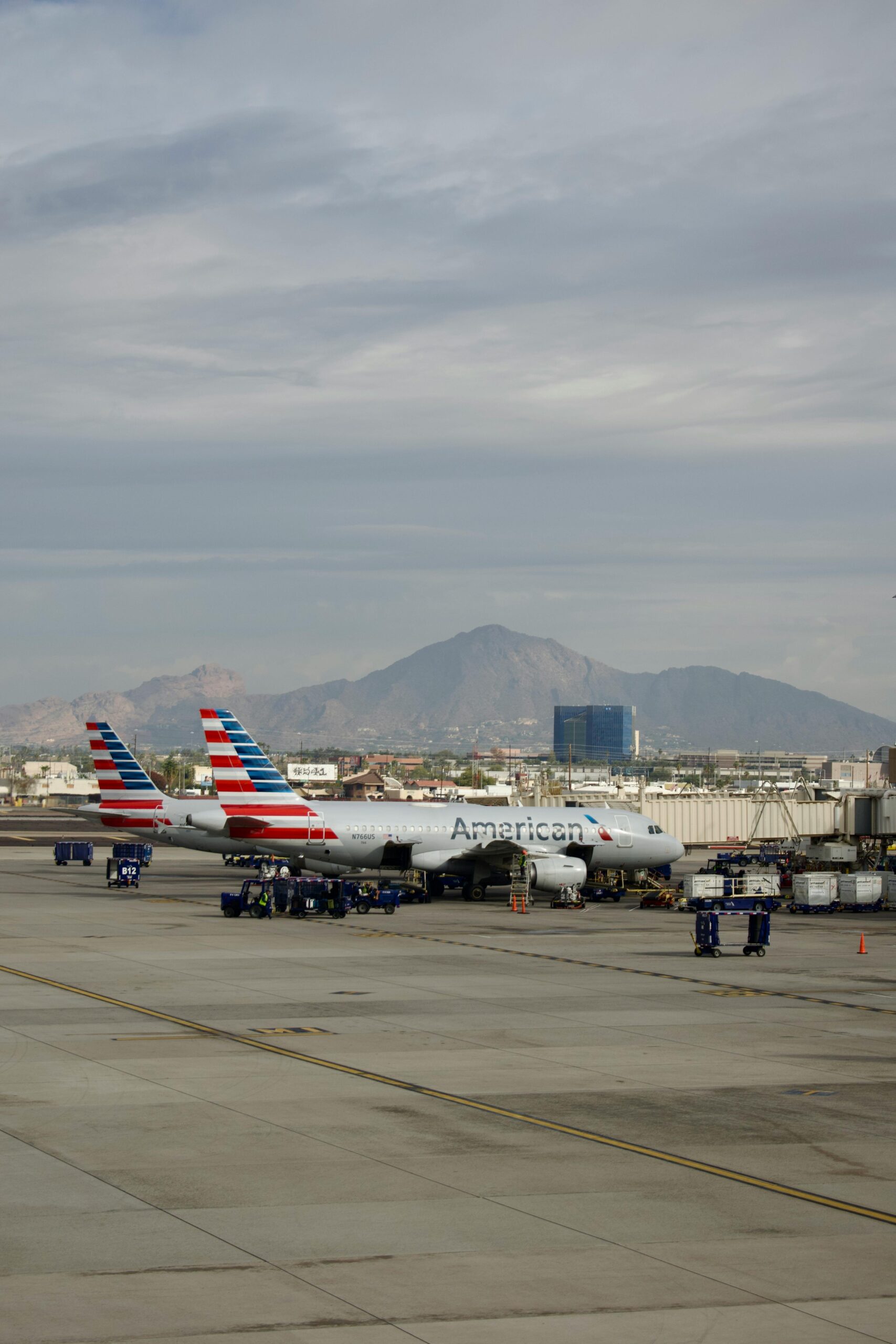
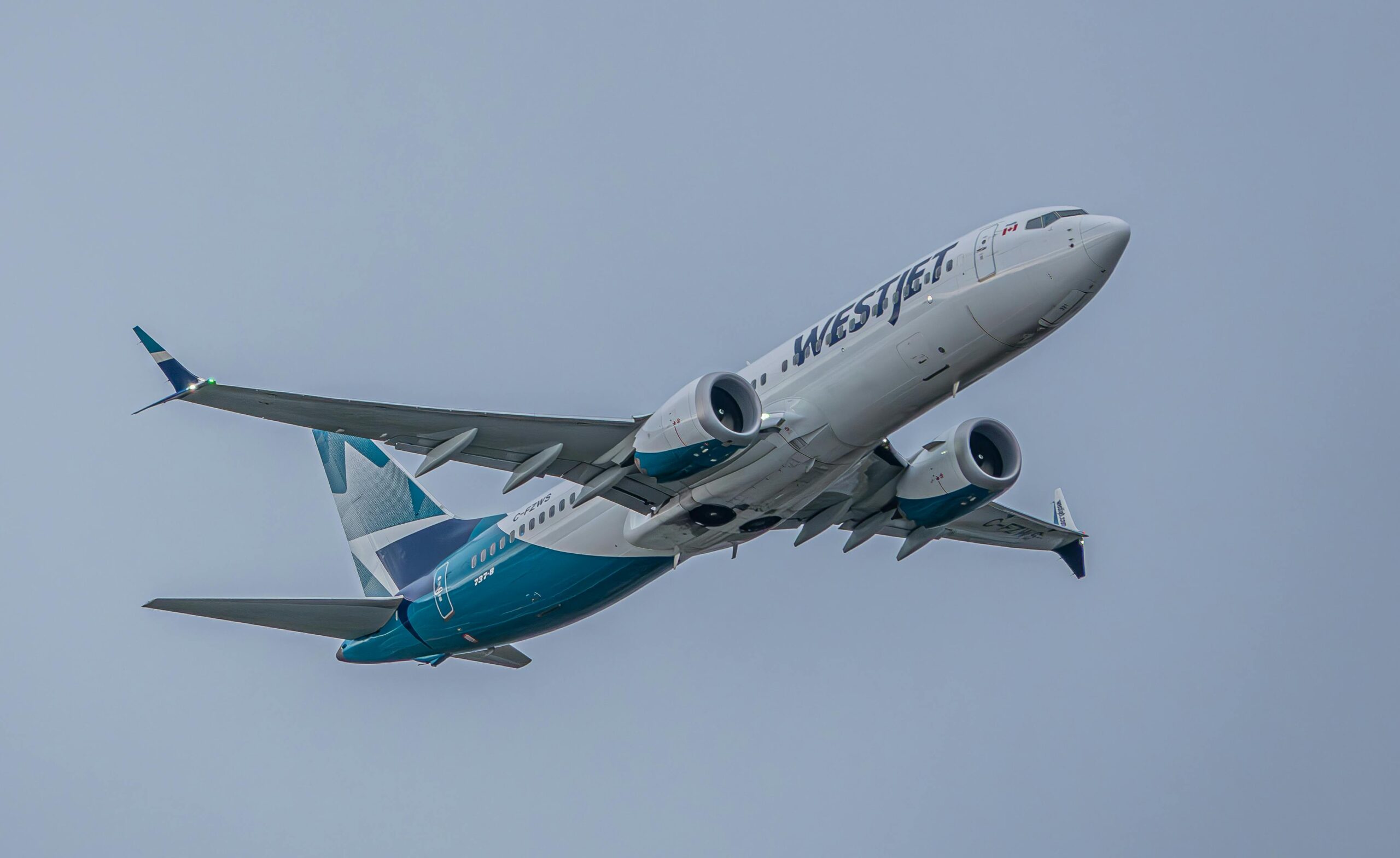
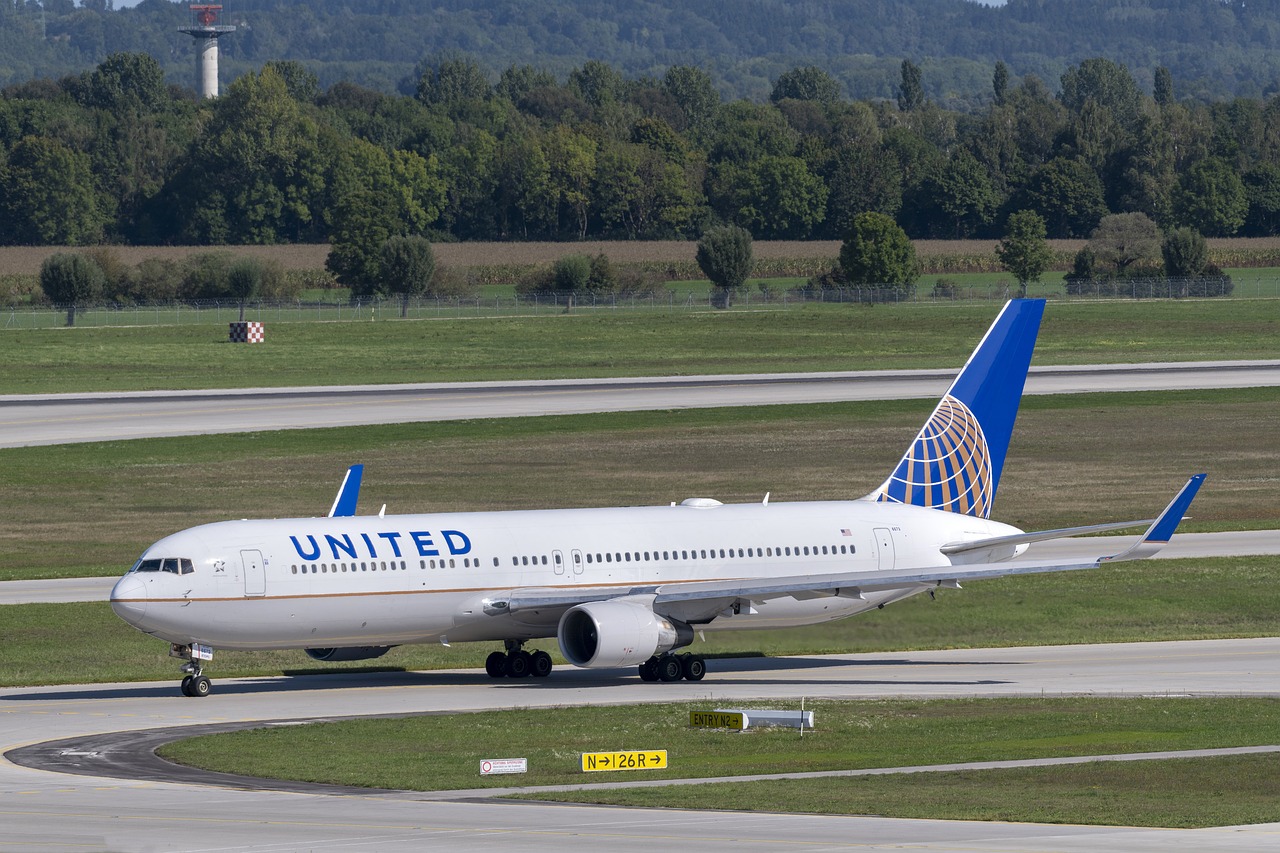
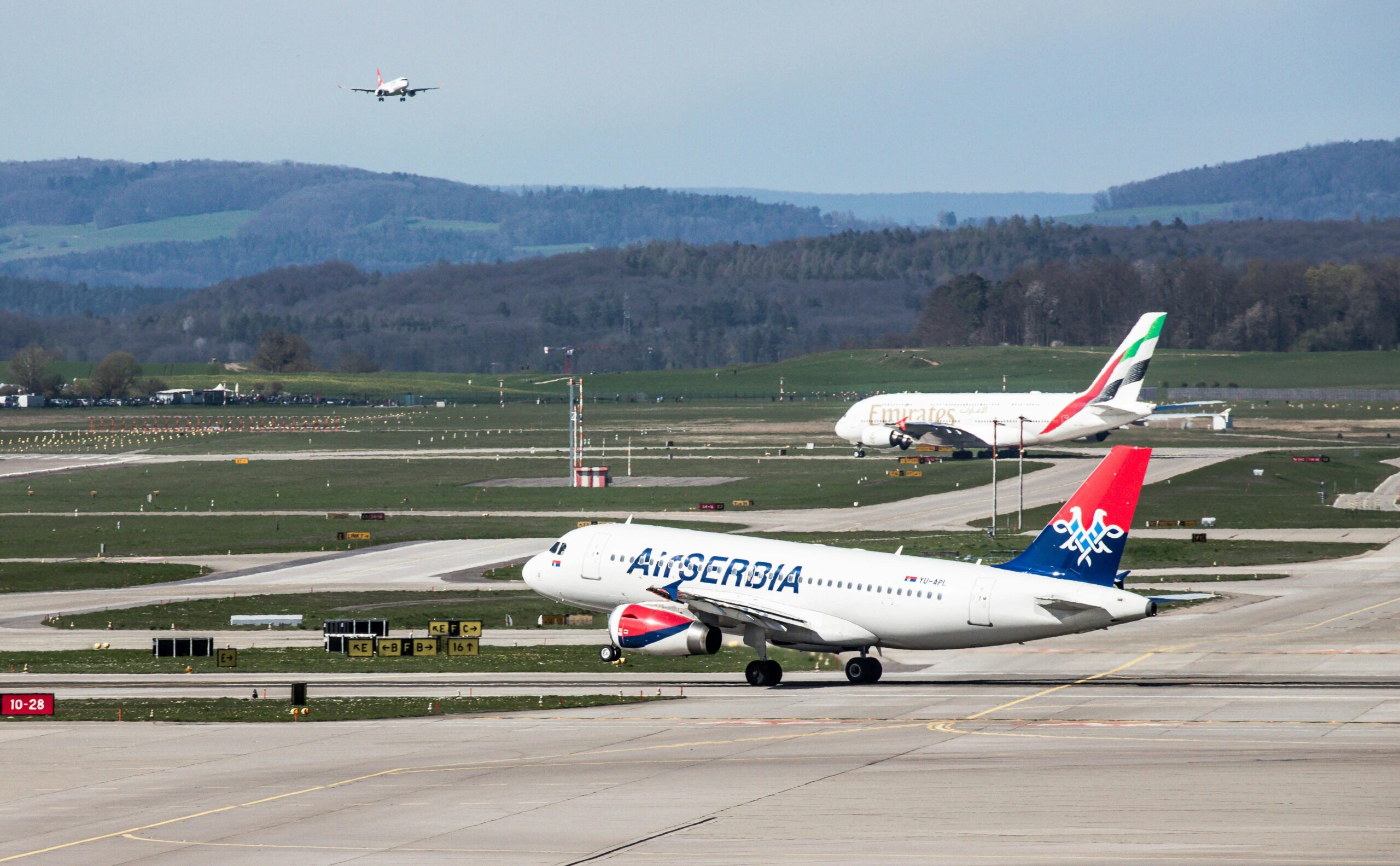

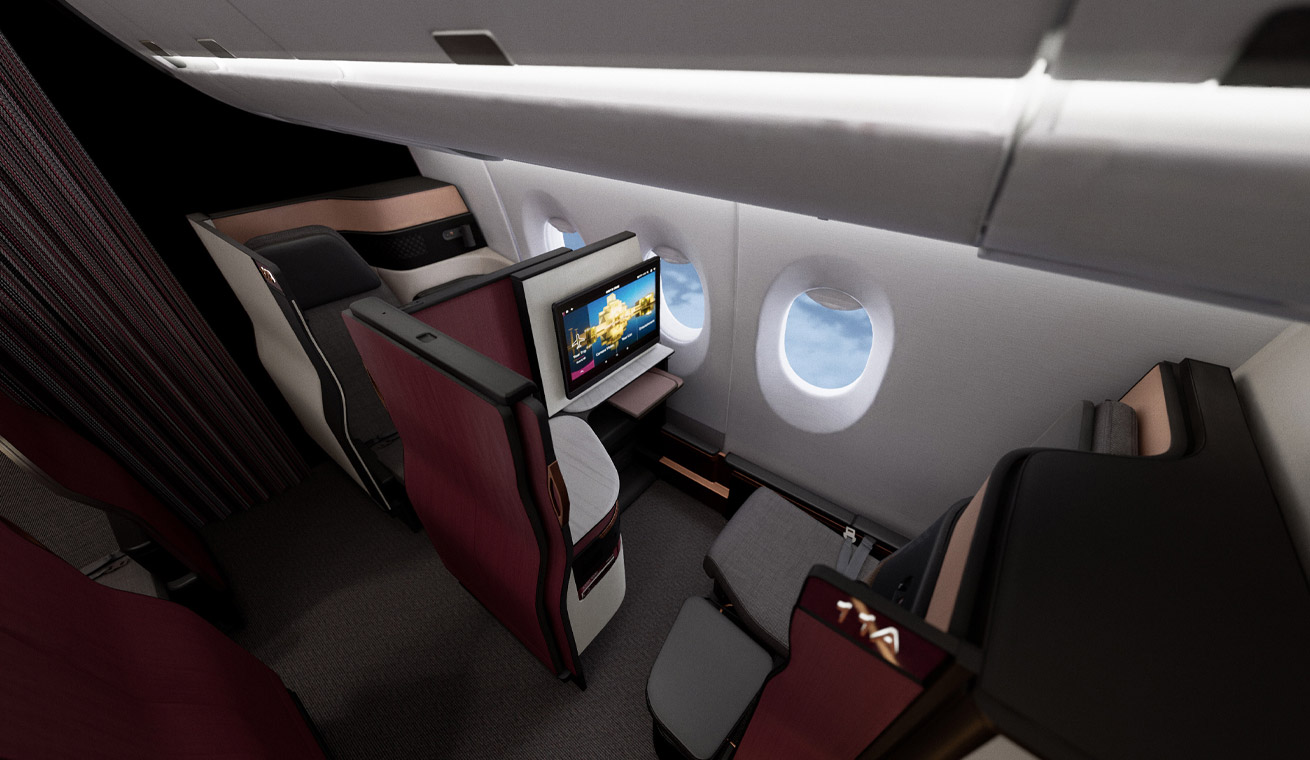
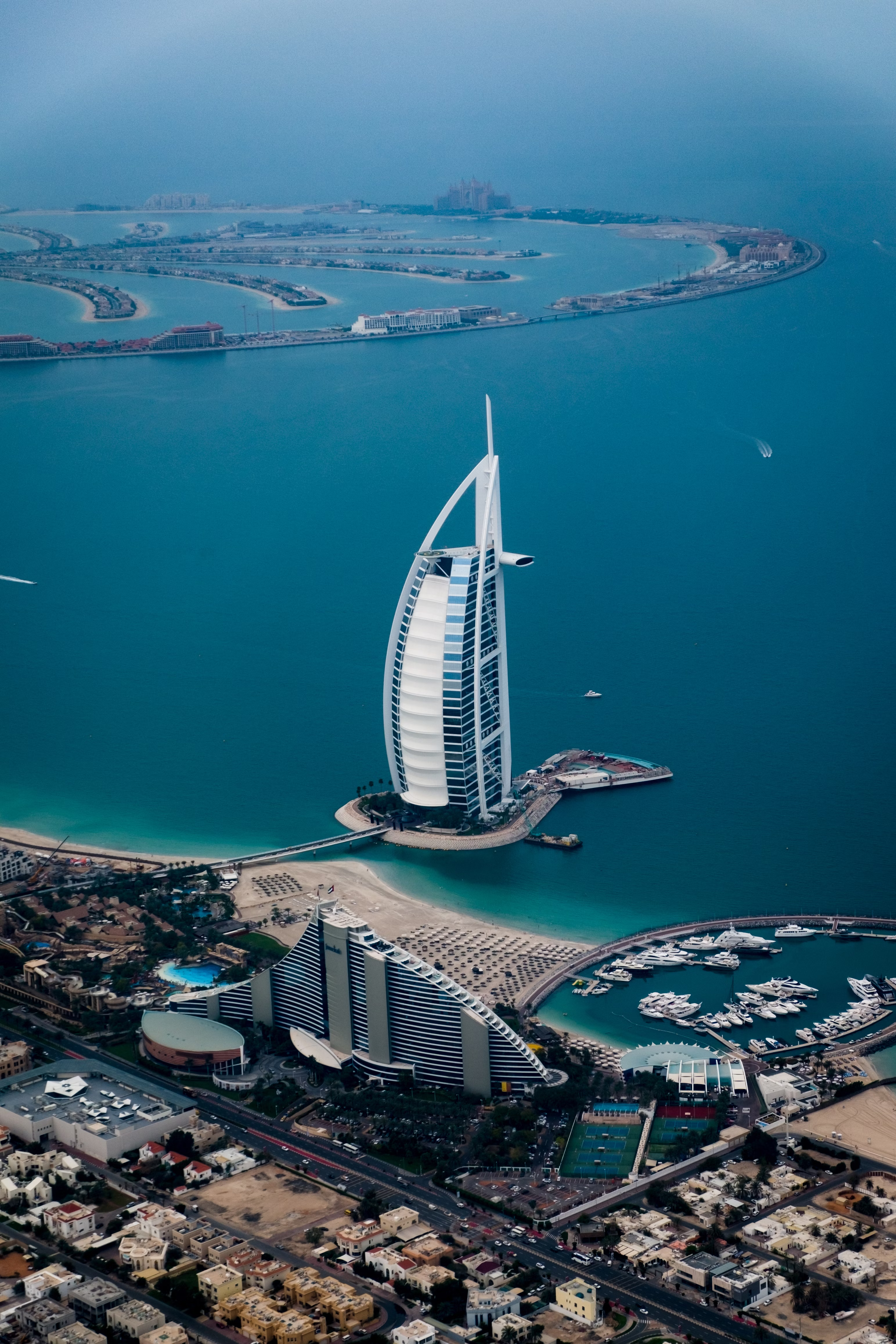

Leave a Reply